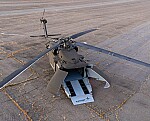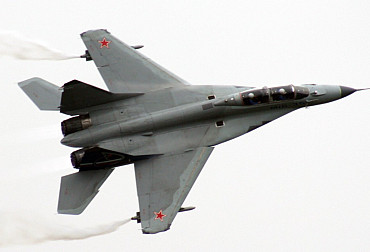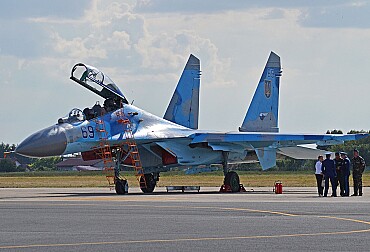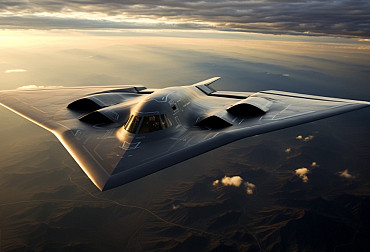Chinese interest in Russian Ka-52 helicopters amid tensions with Taiwan: Analyzing potential military strategies
Despite the significant losses of Ka-52 "Alligator" helicopters on the Ukrainian front, Chinese interest in these aircraft persists, particularly in the context of potential operations against Taiwan. According to American analysts from the RAND Corporation, a think tank specializing in global policy research, there's a growing possibility that China could leverage Russian Ka-52 helicopters in a hypothetical assault on Taiwan through the Taiwan Strait in the South China Sea. The analysts, Lyle Goldstein and Nathan Waechter, suggest that Chinese strategists are keen on learning from Russia's operational experiences with the Ka-52 in Ukraine to potentially apply similar tactics against Taiwan.
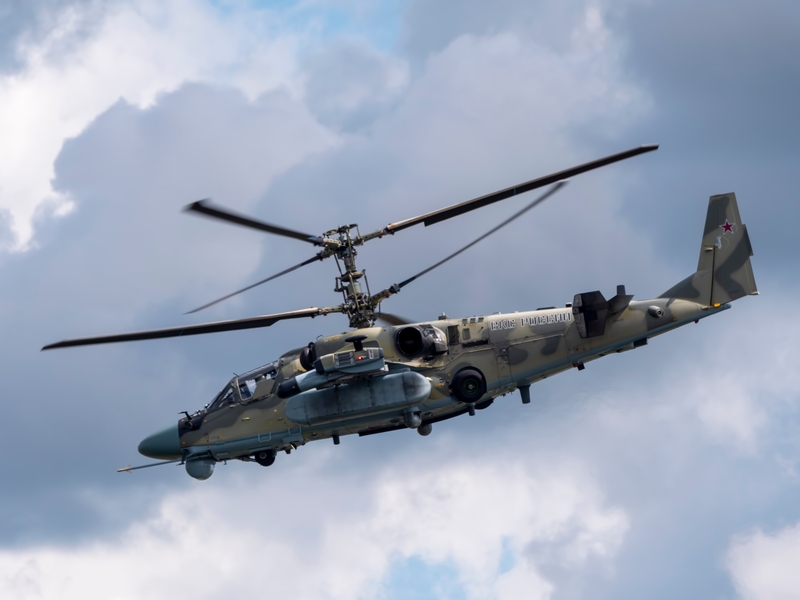
RAND's report, released in late February 2024, indicates that China has been closely monitoring the performance of Russian Ka-52 helicopters in combat scenarios on the Ukrainian battlefield. The analysis points to an escalating risk of a Chinese attack on Taiwan, with increasing tensions highlighted by recent incidents and military developments in the region. For instance, Taiwan's Foreign Minister Joseph Wu recently addressed the construction of significant Chinese military bases on islands situated between the mainland and Taiwan, emphasizing the need for a peaceful resolution to the disputes in the South China Sea.
The Ka-52 Alligator, initially designed in the 1990s as a single-seat helicopter, was later adapted for a two-crew configuration due to the demanding operational roles it was envisioned to fulfill. Introduced into Russian service in 2010, the helicopter boasts dual Klimov TV3-117MVA engines, enabling speeds of up to 300 km/h and a range of approximately 500 km. Its tactical advantages, however, are not solely attributed to its performance specifications but also its sophisticated onboard equipment, including advanced sensors and night vision capabilities.
The helicopter's "hit and run" tactic, demonstrated effectively on the Ukrainian front, showcases its ability to approach targets at extremely low altitudes, enhancing its stealth and reducing its detectability by enemy radars. According to the Chinese analysis, the optimal engagement range for this type of operation is around 8-10 kilometers, balancing the helicopter's visibility to enemy forces with its strike effectiveness.
In the context of a potential operation against Taiwan, Ka-52 helicopters could play a crucial role in supporting amphibious assaults across the Taiwan Strait, conducting various transport and direct attack missions to disorient and divide enemy forces. The interest in Ka-52s is further substantiated by reports from 2021 suggesting China's attempts to acquire these helicopters for its Type 075 amphibious assault ships.
The regional dynamics in the South China Sea, with countries like the Philippines and Malaysia adjusting their military strategies in response to Chinese assertiveness, further underscore the strategic importance of advanced military assets like the Ka-52 in potential future conflicts in the region.



